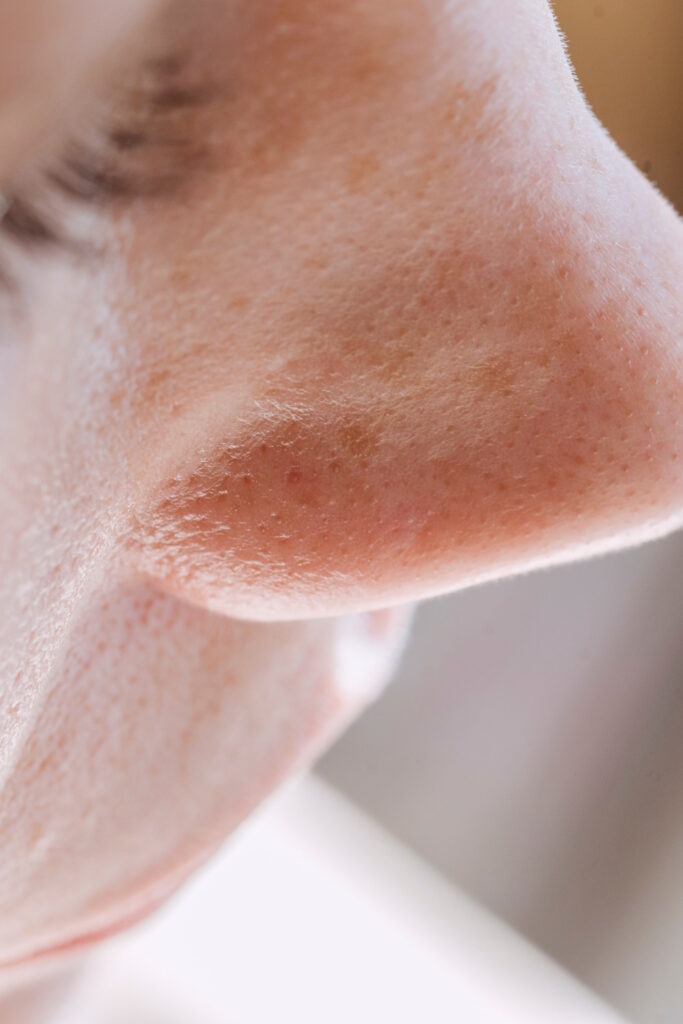
Clear and smooth skin is what everyone desires, but clogged pores can often stand in the way of achieving this goal. Clogged pores occur when dirt, oil, and dead skin cells accumulate in the hair follicles, resulting in blackheads, whiteheads, and pimples. While there are various over-the-counter treatments available for clogged pores, consulting a dermatologist can provide an effective solution. In this article, we will discuss the dermatologist treatments for clogged pores that can help you achieve clear, healthy-looking skin.
Professional Extraction
One of the most common dermatologist treatments for clogged pores is professional extraction. During this procedure, a dermatologist uses a specialized tool to extract the dirt, oil, and dead skin cells that have accumulated in your pores. Professional extraction can be particularly helpful for those with persistent blackheads or whiteheads that cannot be eliminated through other means. It is important to note that attempting to extract clogged pores at home can cause damage to the skin and potentially worsen the condition, making professional extraction a much safer and more effective option.
Chemical Peels
Another dermatologist treatment for clogged pores is chemical peels. Chemical peels are a type of exfoliation that involves applying a solution containing acids to the skin. This solution works to remove the top layer of dead skin cells, unclog pores, and promote skin cell turnover. While there are various strengths of chemical peels available, it is important to consult with a dermatologist to determine which type of chemical peel is best for your specific skin type and condition. Chemical peels can be particularly effective for those with acne-prone skin or those with fine lines and wrinkles.
Microdermabrasion
Microdermabrasion is another dermatologist treatment for clogged pores that involves exfoliation. During this procedure, a dermatologist uses a specialized device to spray tiny crystals onto the skin, which work to remove the top layer of dead skin cells and unclog pores. Microdermabrasion can be particularly helpful for those with mild to moderate acne or those looking to improve the texture and overall appearance of their skin.
Prescription Medications
In some cases, dermatologists may prescribe medications to treat clogged pores. These medications may include topical creams, gels, or lotions that contain ingredients such as retinoids, salicylic acid, or benzoyl peroxide. These ingredients work to unclog pores, reduce inflammation, and prevent future breakouts. It is important to follow your dermatologist’s instructions carefully when using prescription medications, as they can have potential side effects.
Laser Therapy
Laser therapy is a less common but effective dermatologist treatment for clogged pores. This treatment involves using a specialized laser to target and destroy the bacteria and oil that cause acne and clogged pores. While laser therapy can be effective, it is also more expensive and may require multiple treatments to achieve optimal results.
In conclusion, clogged pores can be frustrating to deal with, but there are various dermatologist treatments available to help you achieve clear, healthy-looking skin. These treatments include professional extraction, chemical peels, microdermabrasion, prescription medications, and laser therapy. Consulting with a dermatologist can help determine which treatment is best for your specific skin type and condition. Remember that clogged pores can lead to more severe skin conditions if left untreated, so seeking professional help can not only improve the appearance of your skin but also prevent further damage.

